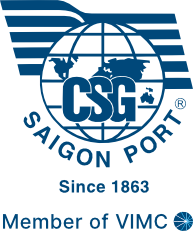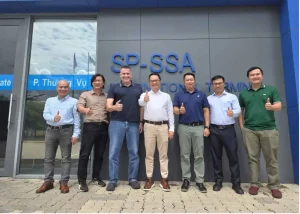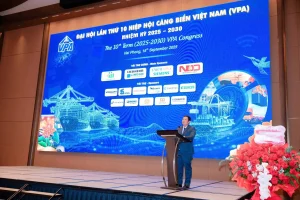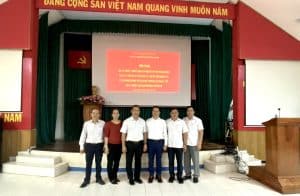According to available information, the production and business results of Saigon Port in the first half of 2024 has been very positive, including the significant contribution of the joint venture companies.
The first is Saigon Port International Container Services Joint Venture Company Limited. (abbreviated as SSIT), one of the deep-water terminals in the Cai Mep Thi Vai River. This joint venture was established in 2006 between VIMC, Saigon Port Joint Stock Company (Saigon Port) and SSA Marine Seattle USA. Located at the estuary of the Thi Vai River (Cai Mep section) with an area of 60 ha and a 600m wharf, SSIT was built for container operations and features the latest state-of-the-art box handling equipment including the largest STS gantry cranes in Vietnam. Additionally, SSIT also has 435m of dedicated berth for barges connecting import and export cargoes from ICDs (inland container depots: domestic custom clearance points…) ports in Ho Chi Minh City, Dong Nai, and Binh Duong with the Cai Mep Terminal area.
The cargo throughput in the first six months of 2024 reached over 1 million tons, achieving 58.6% of the annual plan and increasing by more than 29% compared to the same period in 2023. Specifically, container volume exceeded 300,000 TEUs, achieving 82% of the annual plan and reaching 26% compared to the same period in 2023.
The VIMC delegation visited SSIT in October 2023.
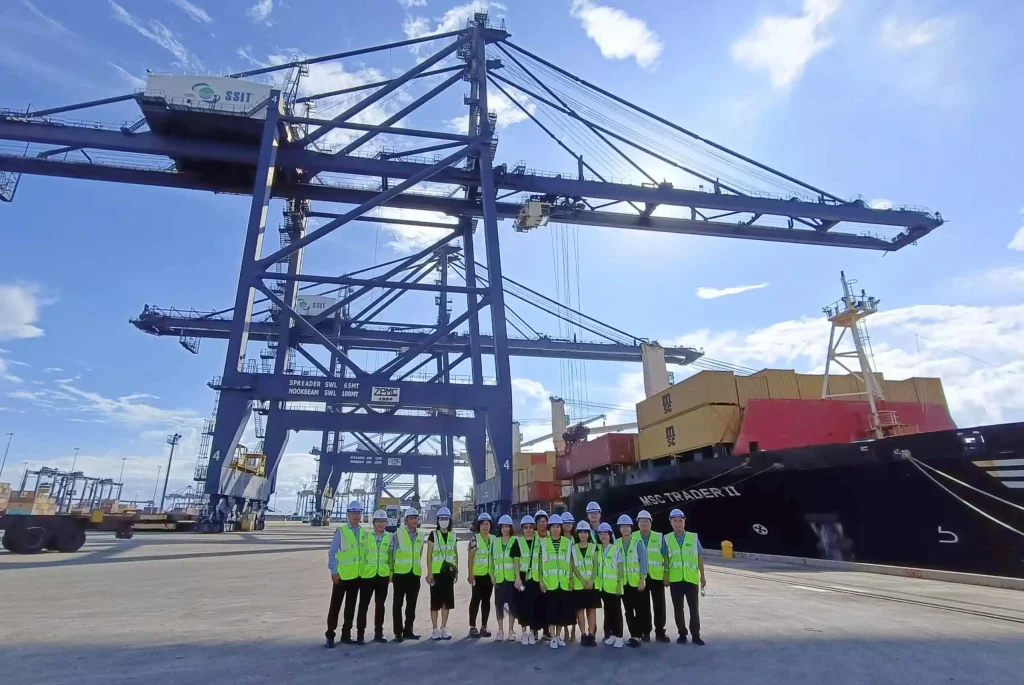
The second is Cai Mep International Terminal Co., Ltd. (CMIT). CMIT was established in 2006 and officially went into operation in 2011. Currently, CMIT has three shareholders: VIMC (36%), Saigon Port (15%), and APM Terminals (49%). The terminal with an area of 48 hectares is equipped with 6 STS super-post-panamax shore cranes with a reach of 23 rows and modern equipment for loading and unloading cargoes.
CMIT’s picture in the first six months of 2024 is better than the same period, container throughput exceeded 700,000 TEUs, reaching 59.7% of the 2024 plan and up by 41% compared to the same period in 2023.
Last May, CMIT and Tan Cang Cai Mep – Thi Vai (TCTT) co-organized the Ceremony to open the internal gate connecting the two terminals. Because the two adjacent terminals share many similarities in berth infrastructure, their combination establishes a common berth stretching 1,200 meters, enabling it to accommodate three mainliners simultaneously. The two terminals signed a Memorandum of Understanding for the cooperation to establish a common berth that will extend the quay length and ensure seamless cargo connectivity, thereby supporting the development of Cai Mep – Thi Vai into an international transshipment hub. The cooperation between the two terminals marks a groundbreaking new model of port cooperation, opening up numerous opportunities and development potential for port operations in the Cai Mep – Thi Vai area. It also optimizes added value for customers and shipping lines, ensures service quality, and helps the terminals fulfill commitments to shipping lines, thereby enhancing the reputation, capacity, and service quality of Vietnamese seaports in the Cai Mep – Thi Vai area.
Weekly, the two terminals receive 14 international vessel calls, with 8 calls at TCTT and 6 calls at CMIT. Particularly, one of the world’s top 9 shipping lines has chosen Cai Mep as a transshipment port in the region, deploying all 5 services at both CMIT and TCTT. The cooperation between the two terminals in terms of berth connection is highlighted as a significant advantage influencing the shipping line’s decision.
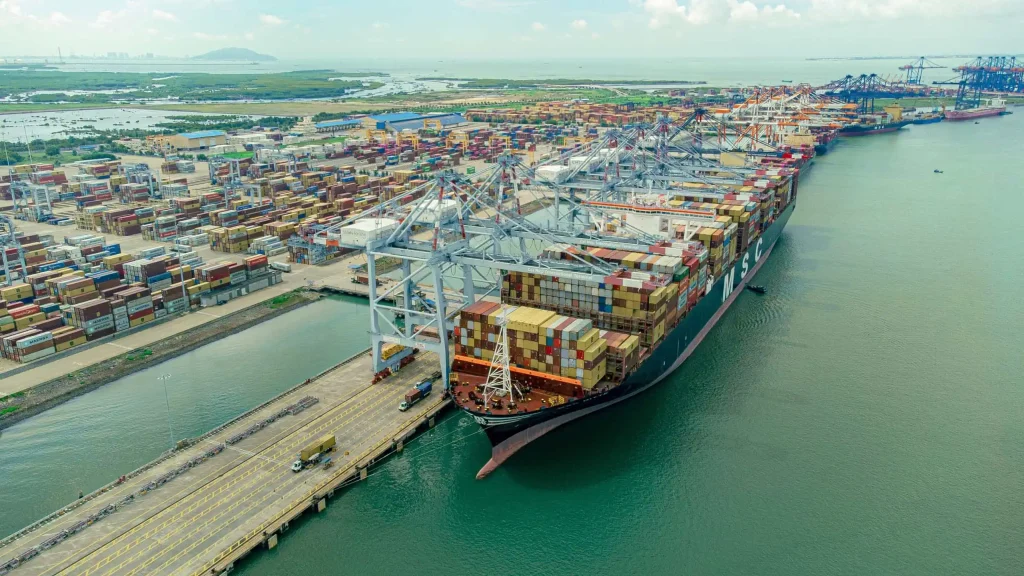
The last joint venture is SP-PSA. This is the Cai Mep – Thi Vai’s first deep-sea container terminal which began operations in 2009. SP-PSA combines the deep expertise and experience of its shareholders VIMC, Saigon Port, and Singapore PSA Vietnam (a wholly owned subsidiary of PSA International). It provides seamless logistics solutions for customers and partners while offering the highest levels of operational excellence, safety and security.
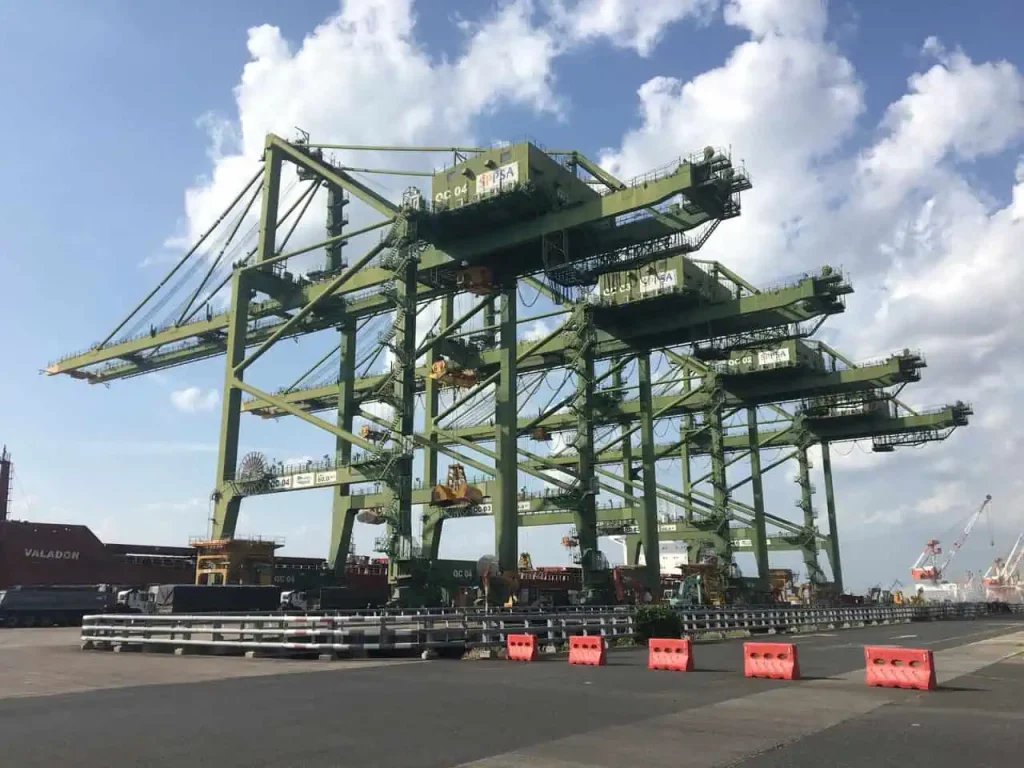
In the first six months of 2024, cargo put through SP-PSA experienced strong growth, reaching 58.3% of the 2024 annual plan (over 2,500,000 tons of cargo), marking a 23% increase compared to the same period last year.
The financial indicators from the joint ventures reflect the positive profit before deducting interest expenses, depreciation and corporate income taxes (EBITDA). For instance, SSIT’s EBITDA in the first 2 quarters of 2024 reached 56.7% of the 2024 plan, equal to 82.5% of the same period in 2023. CMIT reached 66.3% of the plan, marking a 106% increase compared to the previous year. SP-PSA achieved 46.4% of its 2024 plan, showing a 30% increase over the same period last year.
The positive business performance partly reflects joint ventures’ efforts in recent times. Looking ahead, with a stable market and a growth in cargo, the three joint venture terminals are expected to elevate themselves to new levels alongside Saigon Port, becoming the leading provider of high-quality seaport services in the region.
Lê Vương Đoan Tú
(Translator: Thái Vương Nhi)

